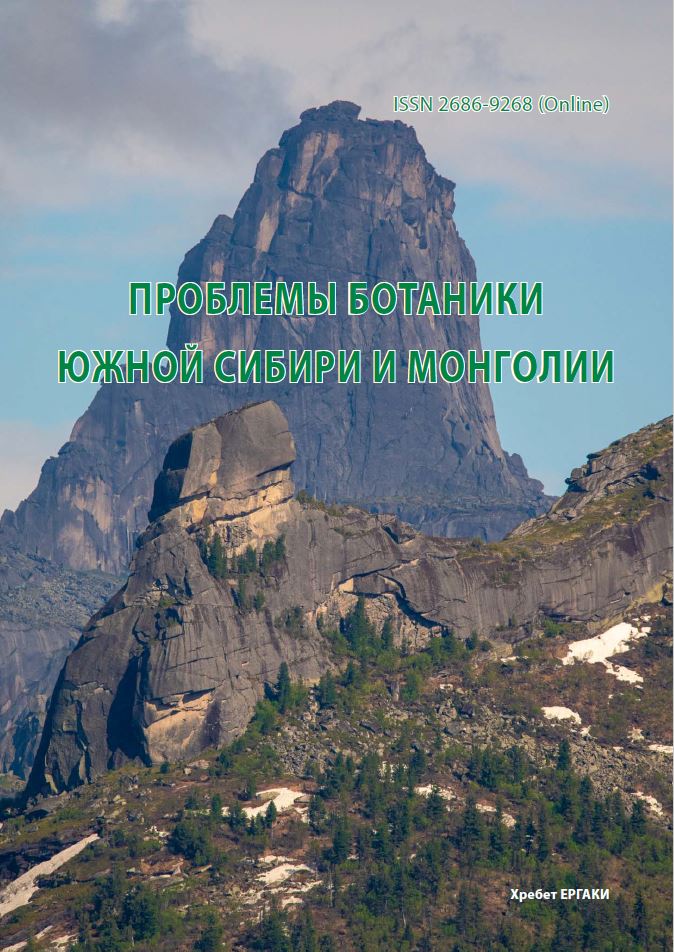To the study of the features of the heavy metals deposition in the mosses of the Samara region
УДК 582.32:504.054(470.43)
Abstract
The features of the deposition of heavy metals by mosses from the atmosphere in the identified background area (Krasnosamarsky forest) for the Samara region were studied. Pleurozium schreberi showed the highest metal accumulating capacity, Brachythecium salebrosum - average, Dicranum polysetum - the lowest. Climacium dendroides showed high species specificity in the accumulation of heavy metals among the studied species, which may be related to its water regime. A comparative analysis of the chemical “fingerprint” of the average content of heavy metals for the mosses of the Krasnosamarsky forest area according to to Markert revealed a negative deviation from the average content of heavy metals in the bryophytes of the Samara region, which meant that there were no atmospheric sources of heavy metal pollution in the study area. Mosses growing in the Krasnosamarksky forest can be used as reference species for the region. The revealed increased level of accumulation of a number of elements (Cr, V, Co, Ni, As, Fe, Zn) demonstrated the biogeochemical features of the Samara region in comparison with the reference moss species Pleurozium schreberi in Western Europe. This also indicates the need to use indicators of species growing in the region as reference values.
Downloads
Metrics
References
Прохорова Н. В., Матвеев Н. М., Павловский В. А. Аккумуляция тяжелых металлов дикорастущими и культурными растениями в лесостепном и степном Поволжье. - Самара: Изд-во «Самарский университет», 1998. - 131 с.
Berg Т., Steinnes E. Use of mosses (Hylocomium splendens and Pleurozium schreberi) as biomonitors of heavy metal deposition: from relative to absolute deposition values // Environment Pollution, 1997. - Vol. 98, No 1. - P. 61-71. DOI: 10.1016/S0269-7491(97)00103-6
Djingova R., Kuleff I., Markert B. Chemical fingerprinting of plants // Ecological Research, 2004. - Vol. 19. - P. 3-11. DOI: 10.1111/j.1440-1703.2003.00602.x
Markert B., Fraenzle S., Wunschmann S. Chemical Evolution: The Biological System of the Elements. - Cham: Springer, 2015. - 282 p. DOI: 10.1007/978-3-319-14355-2
Steinnes E. Use of mosses as biomonitors of atmospheric deposition of trace elements // Biomonitoring of atmospheric pollution. - Vienna: IAEA-TECDOC-1152, International Atomic Energy Agency, 2000. - P. 100-107.



